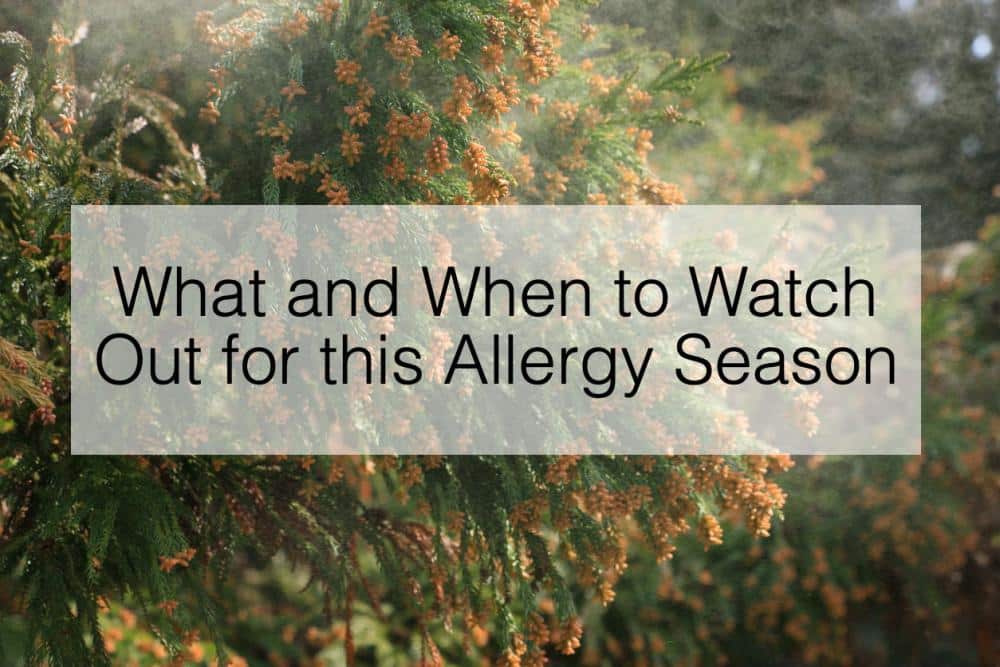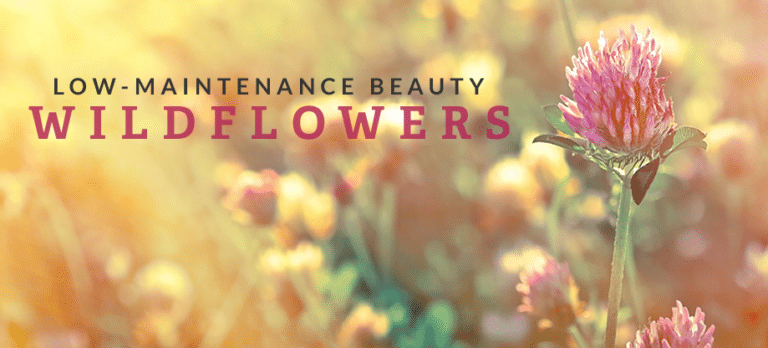What and When to Watch Out for this Allergy Season
Ah… finally. We made it through the brutal winter and can now open the windows and breathe the fresh air. Or can we? The trade off for warmer weather is that we have to deal with all that fresh air. What’s wrong with that fresh air? It might just be a little too fresh. There’s a lot more in that air than just oxygen.
Let’s talk about allergies. Seasonal allergies are also known as hay fever. This comes from the season when farmers cut the hay—a time when many people tend to experience the uncomfortable symptoms connected to allergic reactions. So if your nose starts to run when the trees start to bloom, read below to see the best time to go out and when you might want to avoid the not-so-great outdoors.
Trees to Avoid:
If your allergies spring up around trees and you’re wondering what to avoid, you might be surprised at the answer. Pollen is more a product of the sex of the tree than the type of the tree. You need to look out for male trees to avoid pollen.
Not every species of tree produces both male and female flowers. The trees that do, of which you want to look out for the males, include: ash, cedar, juniper, and mulberry. Unfortunately, there are some trees that produce both male and female flowers on the same tree. These trees—oak, pine, spruce, and birch—you will need to avoid anytime you see them.
Trees that are OK:
Even though trees whose pollen activate allergies tend to keep their pollen close to the source, people with bad allergies will probably want to stay away from those trees. So, are you doomed to a barren yard when you build your own home? No! There are still several kinds of trees that produce pollen but not as many allergens.
In general, allergy-sufferers should look for trees that have larger blooming flowers. Those trees attract insects who carry pollen away, rather than involving the wind to transport pollen. Fortunately for anyone who has found acreage for sale in Georgia or other Southern states, there are plenty of trees in this category that will thrive on your farm or rural yard. Try: dogwoods, magnolias, cherry, fir, plum, crabwood, or redbud. The great news is that those are beautiful trees that can be thoroughly enjoyed in the spring for their beauty as well.
When You’re Safe, and When You’re Not:
Once spring starts in March, grass is growing and trees are starting to bloom. Grass pollen season starts in the South in late February or March and moves northward. Tree pollen begins shortly after. By April, all pollen in the South has come out in full force. By May, tree pollen down South has begun to settle. And while the North continues to see grass pollen problems throughout the summer, the southern states usually catch a break with hot summers killing off a lot of the grass.
However, southerners are not off the hook in summer, as this is prime blooming season for ragweed, a flowering plant found near riverbanks. Even though ragweed is not as common as grass, it does incite more allergic reactions. So, if ragweed is your trigger, avoid damp areas in the summer. All pollens tend to settle down and retreat as autumn approaches.
If you’re planning a move to Burke County, Georgia, it is beautiful this time of year. You should be able to get outside and enjoy it all! Although it may sound like you should trap yourself inside for the warmer months, there are still ways to be able to enjoy the outdoors. Learn what triggers your allergies, especially those plants that grow around Waynesboro, GA, and stay away from them. Another good bet is to check the pollen count before heading outdoors. Some weather stations and sites are already equipped to show the pollen count, and even give an indication of how bad it might feel for those who does suffer from allergies. Be prepared when you go out, and you’ll have a great spring on your new farm.







